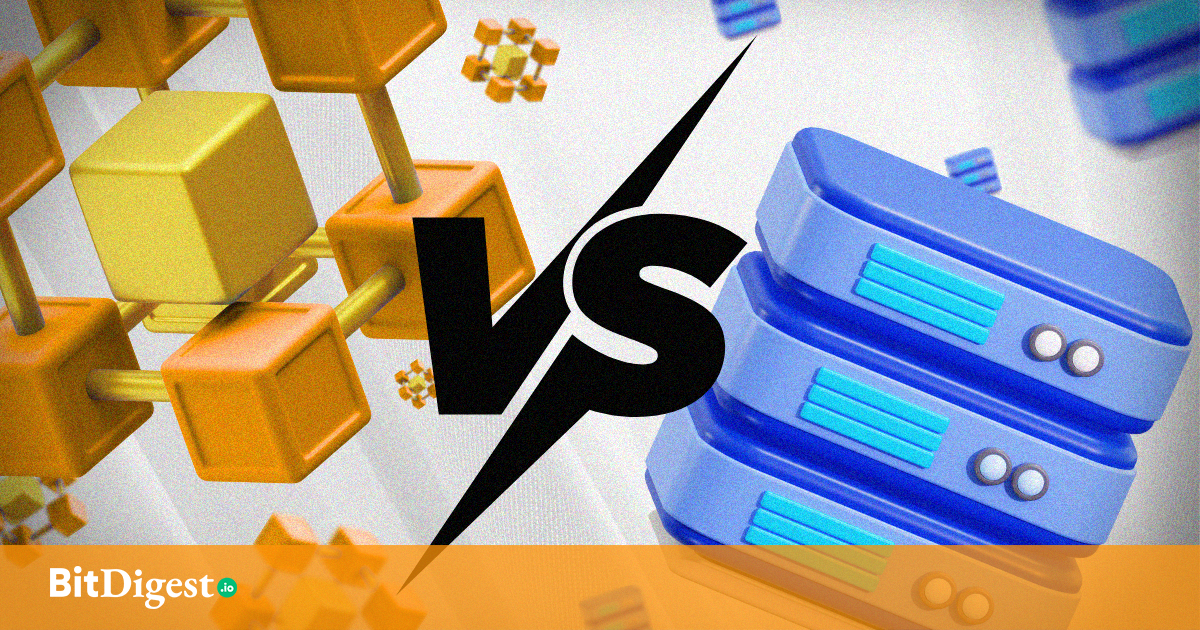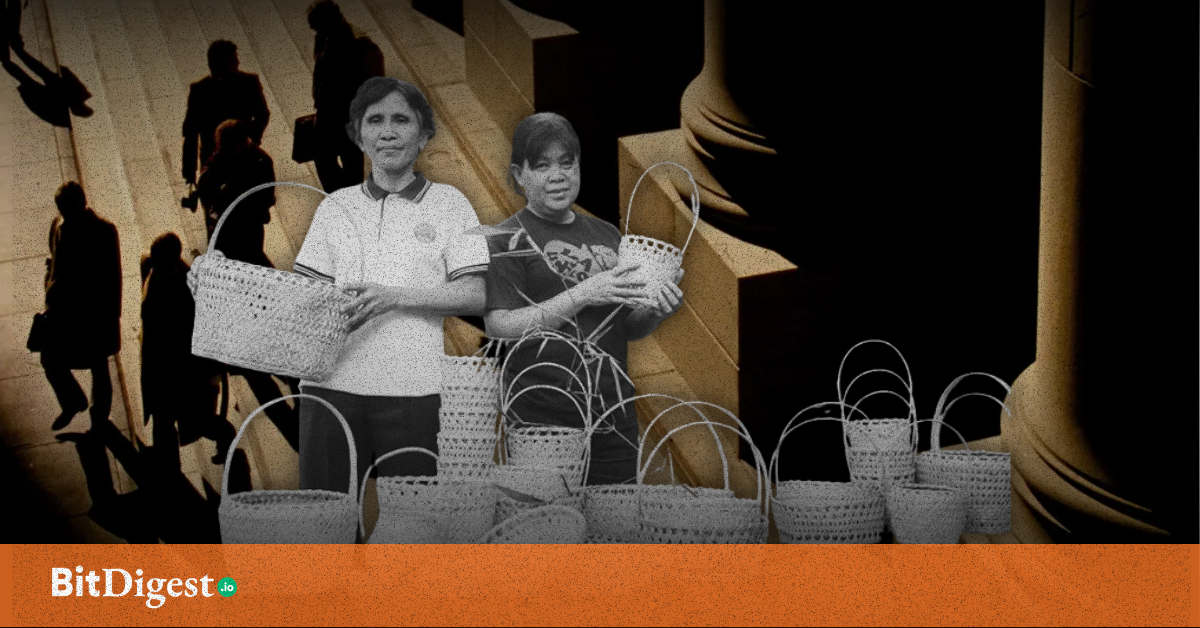Blockchain vs. Databases: Do You Really Need a Chain for That?
When people hear the word “blockchain,” they often think of cryptocurrencies, NFTs, or the occasional startup pitch that promises to decentralize everything. But at its core, blockchain is often just doing something that sounds very familiar: storing data.
So if traditional databases already exist—and power everything from bank systems to food delivery apps—why are developers and government agencies exploring blockchain alternatives? Is blockchain just a trend, or is there a meaningful difference?
Let’s break it down.
What Is a Traditional Database?
A traditional database is like a company spreadsheet. It’s a centralized system where one organization controls who gets to read, write, edit, or delete data. Most systems people use daily—from online banking to payroll.
They’re fast, efficient, and highly optimized for high-volume transactions. But they rely on one assumption: that the system owner is trustworthy, secure, and available.
What Is Blockchain and How Is It Different?
Blockchain is a decentralized data structure. Instead of having one central owner of a record, everyone in the network shares the same copy. Changes can’t be made unless a majority agrees, and once recorded, data can’t be deleted or edited, only added to.
Imagine a shared notebook where every page is numbered, timestamped, and signed by the entire group. You can’t go back and erase previous entries without everyone knowing. That’s the backbone of how blockchain works.
Why the Philippines Is Exploring Blockchain for Governance
In recent months, the Department of Information and Communications Technology (DICT) has expanded pilot projects to integrate blockchain in public record-keeping and governance systems. In particular, it’s working with the Department of Budget and Management (DBM) to explore transparent budgeting and procurement systems.
The appeal? Blockchain could allow for real-time audit trails and tamper-proof records—key features in curbing corruption and reinforcing accountability. This aligns with legislative efforts like the proposed “Blockchain for Digital Infrastructure” bill by Senator Bam Aquino, which aims to institutionalize blockchain in government registries and citizen data platforms.
FOI vs. Blockchain: Transparency by Design vs. Transparency by Request
The Philippines already has a Freedom of Information (FOI) mechanism—an executive order that lets citizens request access to government-held data. But it’s a request-based system, meaning the agency still decides what to release and how fast.
In contrast, blockchain creates transparency by design. Once data is recorded on a public blockchain, data is viewable by participants (or public nodes) depending on architecture; but access and latency depend on how the system is set up.
There’s no gatekeeper. And there’s no way to quietly change records after the fact. It doesn’t replace FOI, it complements it by redesigning trust from the ground up.
Where Traditional Databases Get The Job Done
Despite blockchain’s advantages, centralized databases aren’t going anywhere. They’re still better suited for:
- Internal company systems
- Fast and high-volume transactions
- Systems requiring complex permissions and edits
Banks, retailers, and healthcare systems still rely on traditional architectures because they offer more control, speed, and flexibility, especially when transparency is not the top priority.
Where Blockchain Wins
Blockchain shines in environments where:
- Data needs to be public and verifiable
- Multiple parties need shared access without central control
- Tampering needs to be mathematically impossible
Use cases include land registries, aid disbursement ledgers, voting systems, and donation tracking platforms, especially in public-sector environments where citizen trust is fragile and transparency is critical.
The debate isn’t “which one is better?” It’s “what problem are you trying to solve?” Traditional databases are ideal for systems where speed, control, and confidentiality are top priorities. Blockchain, on the other hand, is better suited for public, shared, and tamper-proof records, especially when building for accountability, not just functionality.
As the Philippines expands its digital infrastructure, expect to see both systems working together. Databases may run the back office, but for the front-facing records that must earn trust? Blockchain might just be the foundation.
.svg)


.svg) SHARE TO FACEBOOK
SHARE TO FACEBOOK SHARE TO TWITTER/X
SHARE TO TWITTER/X SHARE TO LINKEDIN
SHARE TO LINKEDIN SEND TO MAIL
SEND TO MAIL





.svg)


.svg)